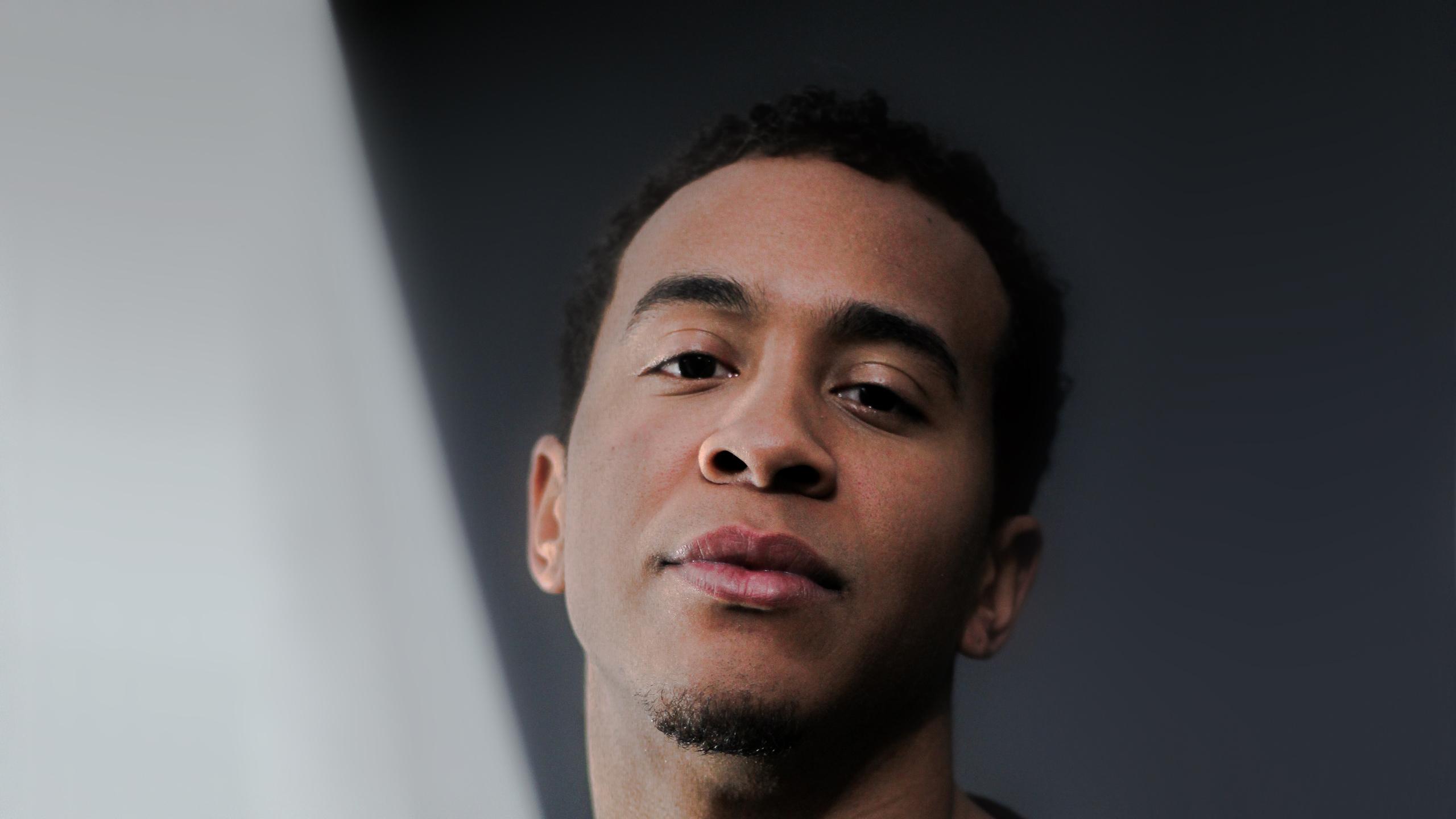By Kieona George
Since 2017, the Office of the Vice-President Equity and Community Inclusion (OVPECI)
While there was some progress—in 2016, 27
This year, we experienced the firing of
One of her initiatives was the Black Faculty and staff community Network (BFSCN), formed in 2016. It was created to support and introduce Black faculty and staff to each other and help Black students find mentoring, scholarships and academic help.
Sutherland said she had been organizing the network since 2015. “I had to do that very quietly because it’s a group that gets the most reprisal.” It has not been confirmed if the BFSCN will continue, even though Sutherland’s email is still on the contact page.
Ryerson has been named among Canada’s top 100 employers for diversity for the last four years. However, in 2016, Black employees composed of 15
Cheryl Thompson, assistant professor in creative industries, said departments should make the job postings more attractive to Black candidates.
She has come across U.S. postings stating that they are looking for an African-American candidate when concerning a job on African-American history or culture. However having a
“Just generally speaking in Canada there is less of a lexicon for racial discussions,” said Thompson.
“[Since] we’re in Canada, we don’t wanna blow it up into a bigger thing.” Stating the race of desired candidates on a job posting could ensure applicants have the cultural background relevant for the course.
“Just openly [saying] or implying that there’s going to be [a]preferential treatment. I mean we can’t do that,” said Henry Navarro, an associate professor at Ryerson’s School of Fashion.
Diversity is a core value for the school of fashion’s vision, said Navarro, but it would not be possible to state the race of de-sired candidates since fashion is not in a “cultural studies field, even though it does clash directly on those things.”
Navarro said that it is important for students to see themselves reflected in their professors, so minority students can see that, “they might be able to achieve the accomplishments that they have achieved,” said Navarro.
Charles Falzon, dean of the Faculty of Communication andDesign (FCAD) said it’s been clear since the beginning of his term that there was an imbalance in terms of diversity but there has been
When asked if there was anything specifically taking place at FCAD to improve the amount of Black faculty, FCAD director of communications and special projects, Marie Crosta, said in an email, “FCAD is committed to keeping [equity, diversity, and inclusion] top of mind in all its hiring practices.”
Danielle Taylor is the only Black employee in the professional communications department as the internship and alumni liaison. “I would love to see a Black person on our faculty,” said Taylor. Part of communications is storytelling through different lenses and having a diverse faculty can open new perspectives for students, she said.
The purpose of providing the information available in the employee diversity report is to help bring about change, said the OVPECI in an email. There are many different initiatives that have been building over years at Ryerson to increase the diversity of faculty hires, which includes increasing the number of Black faculty members, said the OVPECI.
The purpose of providing the information available in the employee diversity report is to help bring about change, said the OVPECI in an email.
There are many different initiatives that have been building over years at Ryerson to increase the diversity of faculty hires, which includes increasing the number of Black faculty members, said the OVPECI. “If the mandate is a diversity of thought, diversity of ideas, and yet you have the same demographic of the person teaching you, [otherwise] it kind of doesn’t match,” said Thompson.
“If the mandate is










Leave a Reply